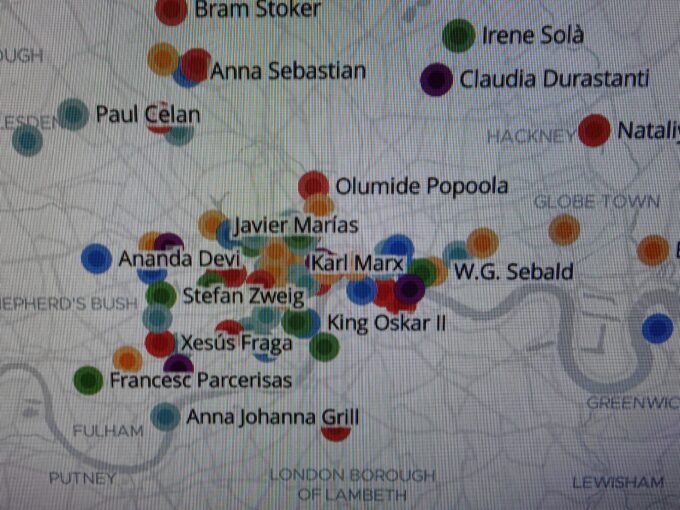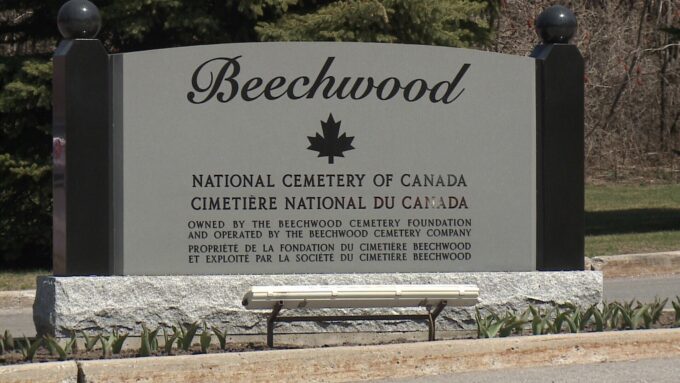 This is one of those weeks where FMP is scraping the bottom of the barrel. Or, that could be unearthing hidden treasures if you have an ancestor among the 19,990 new records from Yorkshire this week. The 3,853 baptism records come from “parishes across Yorkshire” between 1859 and 1924. Just over sixteen thousand monumental inscriptions are from as far back as the 17th century.
This is one of those weeks where FMP is scraping the bottom of the barrel. Or, that could be unearthing hidden treasures if you have an ancestor among the 19,990 new records from Yorkshire this week. The 3,853 baptism records come from “parishes across Yorkshire” between 1859 and 1924. Just over sixteen thousand monumental inscriptions are from as far back as the 17th century.
Newspapers with additions before 1900 this week are the South Eastern Advertiser (Sussex) for 1861-1896, 1898-1902, 1907-1915, 1917, Belfast News-Letter, 1767, Bognor Regis Observer, 1883, 1961-1969, Lancaster Guardian, 1853-1854, 1856, 1909, 1911-1912, 1957-1967, 1975, 1988-1990, 1992, 1998, Market Rasen Weekly Mail, 1875, Rugby Advertiser, 1873, 1900, 1994-1995, 1999, 2002, and Thame Gazette, 1876, 1983-1985, 1987-1994, 2001-2003.


 New to MyHeritage as of 6 August, find 7,326,033 entries in this probate index for recent years. The information delivered is the name of the individual, the date of death, and the date and place of probate or administration.
New to MyHeritage as of 6 August, find 7,326,033 entries in this probate index for recent years. The information delivered is the name of the individual, the date of death, and the date and place of probate or administration. It’s official. Forget LMA, or as the new website says, “Hello from The London Archives .. and a fond farewell to the metropolitan.”
It’s official. Forget LMA, or as the new website says, “Hello from The London Archives .. and a fond farewell to the metropolitan.”



 Four of the 153 people interred in Ottawa’s Beechwood Cemetery who died on 3 August died in 1885.
Four of the 153 people interred in Ottawa’s Beechwood Cemetery who died on 3 August died in 1885.